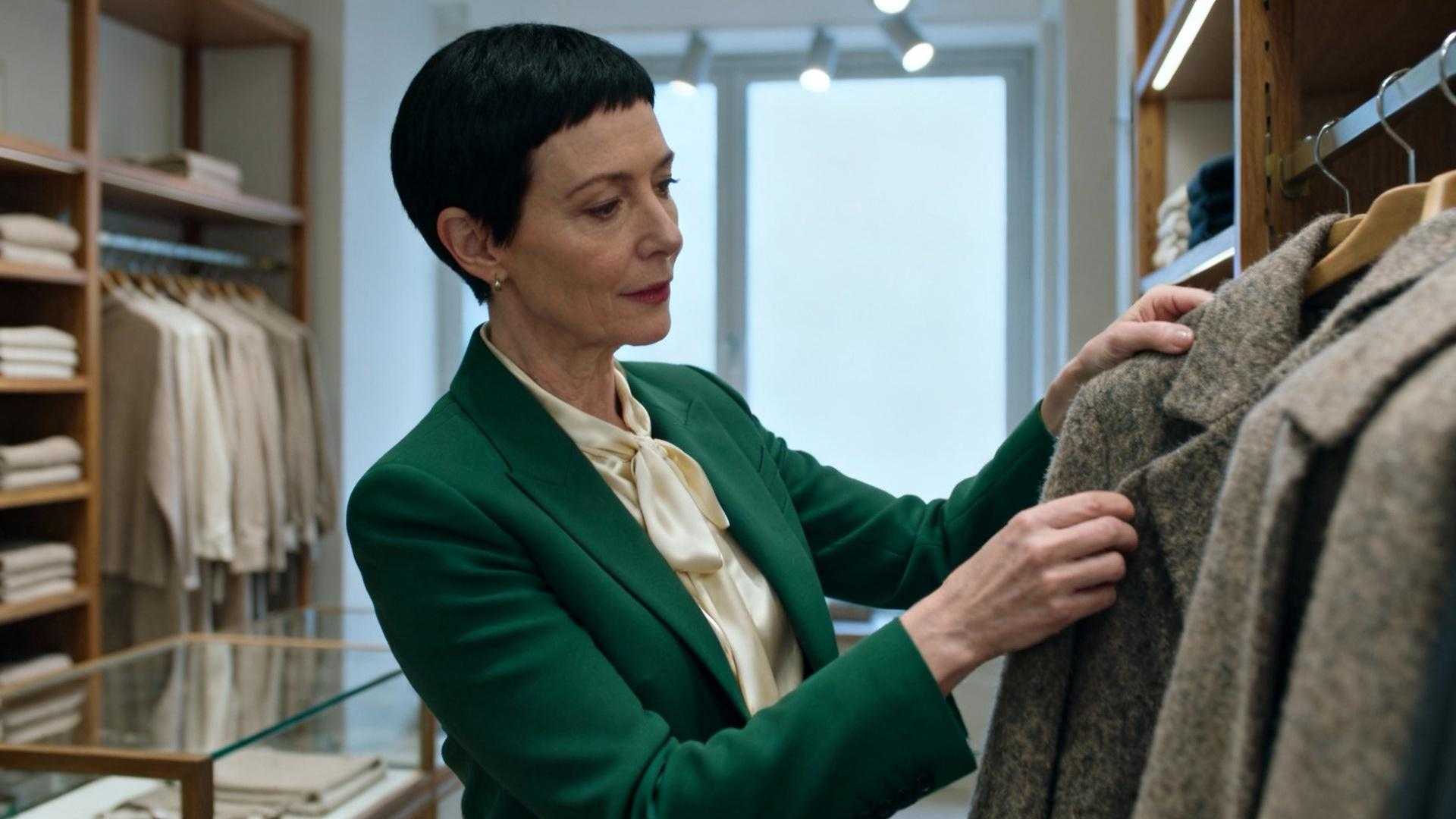I used to stare at my overflowing closet every morning, feeling completely overwhelmed. Dozens of clothes, yet nothing to wear. Sound familiar? That’s when I discovered what minimalists do differently with their wardrobes—and it completely transformed not just my closet, but my entire morning routine. If you’re tired of decision fatigue and ready for a simpler approach, these eight strategies will revolutionize how you think about getting dressed.
They invest in quality over quantity
Minimalists understand that one well-made piece beats ten cheap alternatives. Rather than chasing every trend, they prioritize timeless items crafted from premium materials. Recent market data shows that minimalist consumers have reduced their wardrobe size by 60-70% while increasing per-item spending by 35% on quality and sustainability.
This isn’t just about aesthetics—it’s smart economics. A tailored coat or classic leather loafers might cost more upfront, but they’ll outlast fast fashion pieces by years. When you calculate cost per wear, investing in quality actually saves money in the long run.
They stick to a neutral color palette
Walk into a minimalist’s closet and you’ll notice something immediately: everything coordinates effortlessly. By building around neutrals like black, white, beige, and gray, they create endless outfit combinations with minimal pieces. This isn’t about being boring—it’s about being strategic.
Christie Tyler, a content creator specializing in minimalist fashion, explains: “Minimalism keeps you chic and authentic while embracing boldness like leopard prints in a subtle way.” That neutral foundation allows for intentional pops of personality without creating chaos.
They build a capsule wardrobe system
Instead of buying randomly, minimalists curate a capsule wardrobe of 30-35 versatile pieces that work together seamlessly. Each item earns its place by serving multiple purposes and styling options. For those looking to simplify further, discovering hidden outfit combinations already in your closet can be transformative.
- Essential tops: Classic white t-shirts, black poplin shirts, and versatile blouses that transition from day to evening
- Bottom staples: Well-fitted jeans, tailored trousers, and a structured skirt
- Layering pieces: A preppy cardigan, tailored blazer, and quality coat
- Footwear basics: Suede loafers, tonal sneakers, and one pair of versatile heels
They practice regular decluttering rituals
Minimalists don’t just organize once—they maintain their wardrobes through consistent decluttering routines. Every season, they reassess each piece, asking: Does this fit my current lifestyle? Do I feel confident wearing it? Does it align with my style vision?
This ongoing practice prevents closet creep and keeps decision-making simple. Studies indicate that 65% of consumers identify ease and reduced stress as a primary motivator for maintaining minimalist wardrobes.
They embrace multipurpose versatility
Every piece in a minimalist wardrobe works overtime. That little black dress transitions from office meetings to dinner dates. Those leather pants dress up with heels or down with sneakers. This approach proves especially valuable when you’re learning about using small accessories to maximize outfit versatility.
“A minimalist wardrobe isn’t about fewer clothes, it’s about smarter choices that fit your lifestyle and boost confidence daily.” — CEO of AC Styles, Personal Styling Expert
They prioritize timeless over trendy
While fast fashion cycles through trends monthly, minimalists invest in classic pieces that remain stylish for years. They’re not ignoring fashion—they’re choosing carefully which trends align with their existing wardrobe and personal aesthetic.
Natalie Kingham, former MatchesFashion Buying Director, notes: “Minimalism now embraces personality and versatility, not just simplicity. This season’s clean, monochromatic elegance reflects that shift.” Understanding how to develop your signature style helps navigate this balance beautifully.
They consider sustainability and ethics
For many minimalists, environmental impact drives their wardrobe choices. By buying less and choosing better, they significantly reduce textile waste and carbon emissions. Fashion experts note that minimalist wardrobes support longer garment lifecycles, directly addressing fast fashion’s environmental toll.
This consciousness extends to selecting brands with transparent supply chains and sustainable practices. Sometimes that means paying more, but it aligns with values of investing in quiet luxury pieces that honor both craftsmanship and ethics.
They reduce decision fatigue strategically
Perhaps the most powerful benefit? Minimalist wardrobes eliminate morning stress. With fewer, better options that all coordinate, getting dressed becomes effortless rather than exhausting. Research shows this reduced decision fatigue improves mental wellbeing and daily productivity.
What if simplifying your wardrobe could give you back precious mental energy for things that truly matter? Which of these eight strategies will you implement first to transform your relationship with getting dressed?
